Final Project Sketches 2.0
On Materials 02/19/2024
Initial sketches for a final project
I have been thinking about fabricating objects that incorporate sound for a long time now. My initial idea is to produce a sculpture or piece of furniture that doubles as an instrument. I want this object to be used/interacted with to modulate, loop, sequence and amplify sounds through. I'm also thinking about how bodies sharing the same space as this object could change the pitch and tone of the sound the object produces. Things like that.
References/Research
Designers I am referencing are Love Hulten , Clara Porset and Norman Teague. I am also looking at Tauba Auerbach's work. Learning about forms of representation and framing
problems through Design Earth has been a valuable resource for taking
a "long view" perspective on design.
Quick Sketches



Reference Images
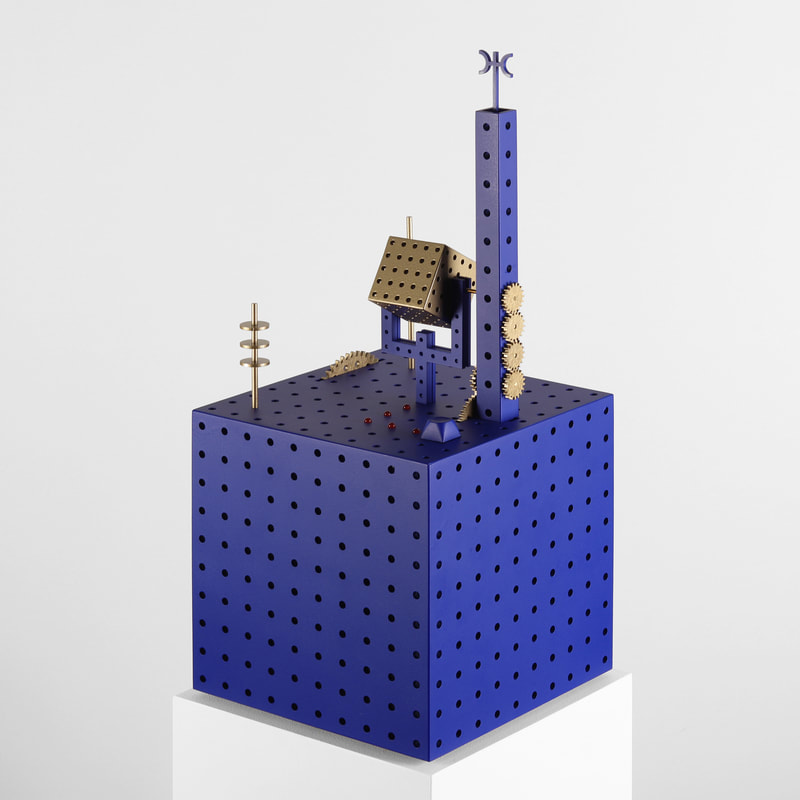
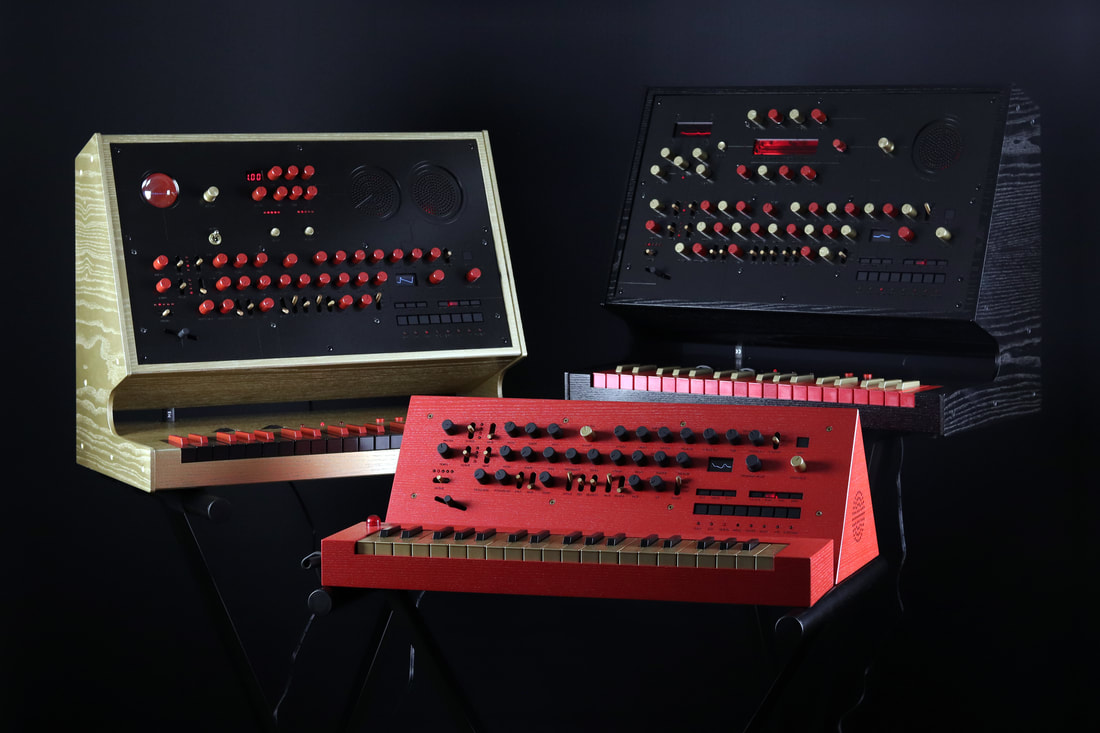

Links
The final project should significantly incorporate recycled materials. I would love to look into bio materials that I can incorporate as well. The work of Rachel Rosenkrantz comes to mind. I'm thinking of the ways biological materials can be used but for now, I'll keep that idea indexed.
I recently found out about Precious Plastic through Fab Lab, since
we
actually have plastic chippers in the IAAC that are used to process post consumer
plastics. I know that I definitely want to play with this resource.
One strong possibility is incorporating
HDPE
(or relevant plastic types) sheets into my work, which I can later machine by hand. The possibilities of molding
recycled plastic into components are super appealing to me.
I'm thinking of parts such as dowels, hinges,
supporting structures like ribs and so on...

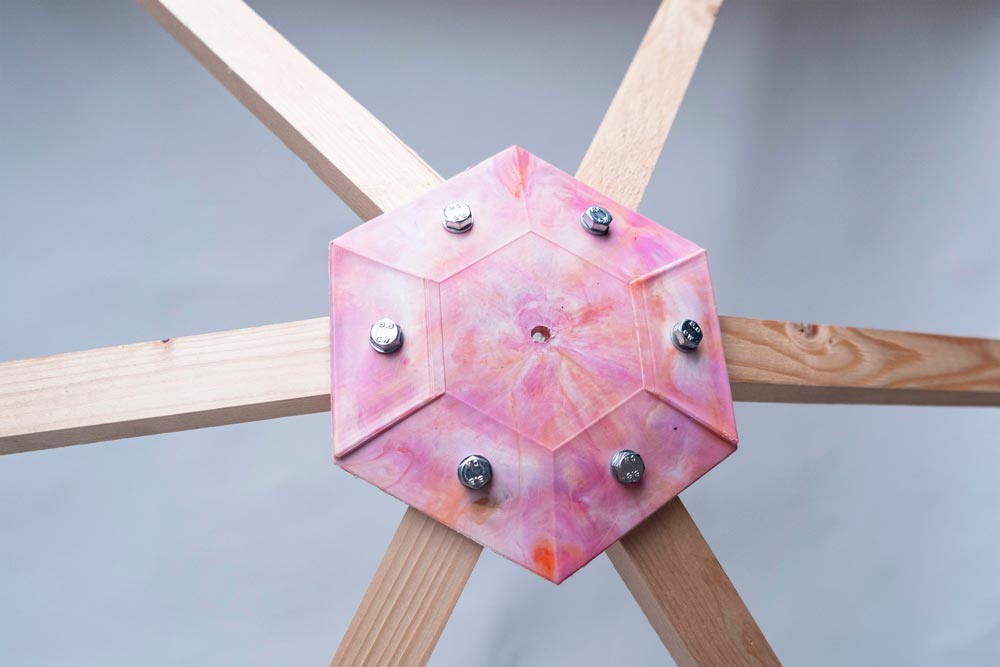
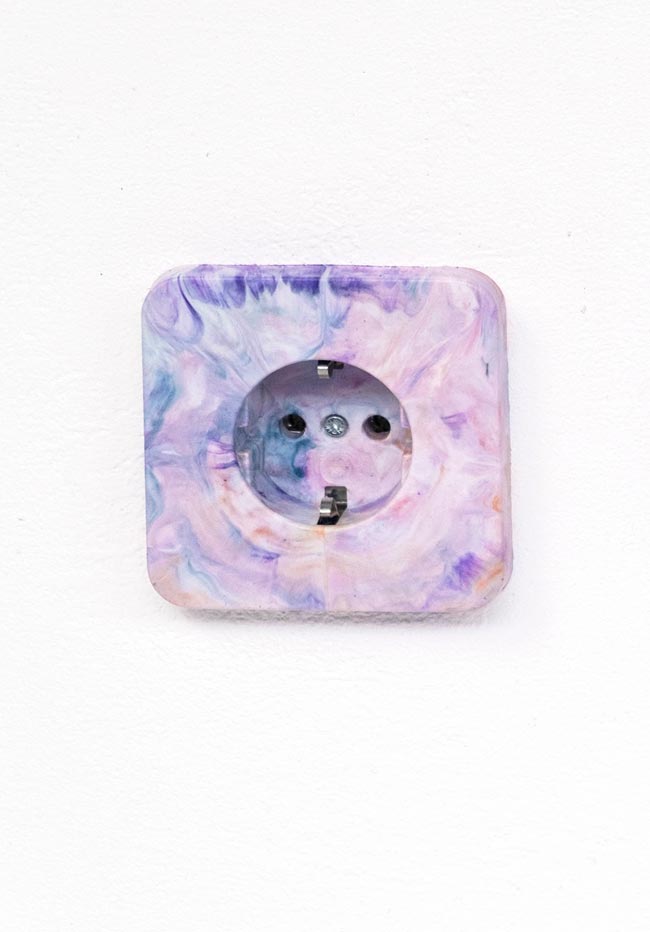
Since my project involves sound objects, questions around the acoustic qualities of recycled plastics and
alternative materials have come up. I know that I'd want to produce at least one object that works well as an
acoustic instrument beyond it's electronic capabilities. Plus, maybe the use of plastics, which are 'natural'
insulation material, could proove useful for whatever electronics work I end up doing?
An easy reference in working with plastic for me would be Umbra's Strumba Kalimba which is:
45% Fagus Sylvatica
40% Polybutylene Terephthalate
15% Stainless Steel
From first hand experience, this instrument's plastic body + wooden face makes for great sound projection. In
terms
of my project, I would work with a drum/cajon concept and go from there. I'm thinking the body of the drum/cajon
with recycled materials and the head with a skin or traditional hardwood surface.
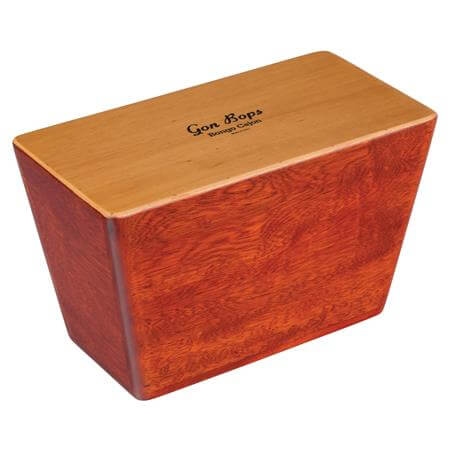
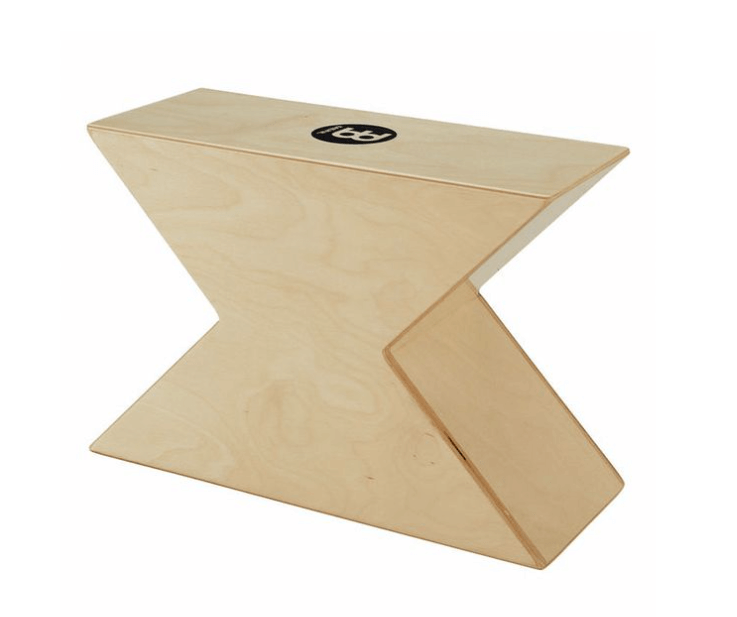
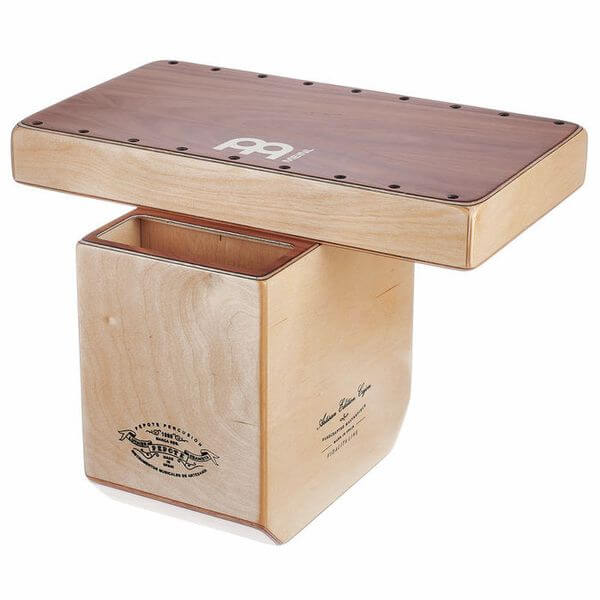
A Sketch for 3 Components
I've started to concieve of this project as having 3 components:
1. drum
2. dancefloor
3. fan
These would be in conversation with each other and work as an ensemble.
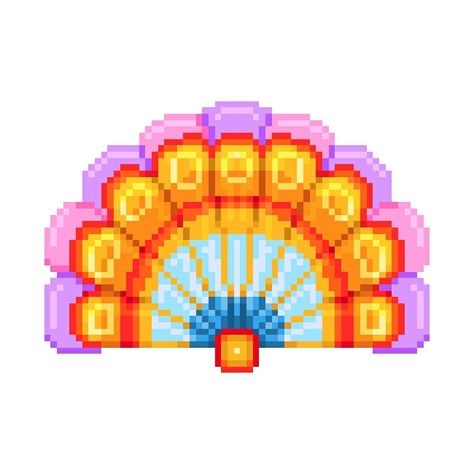
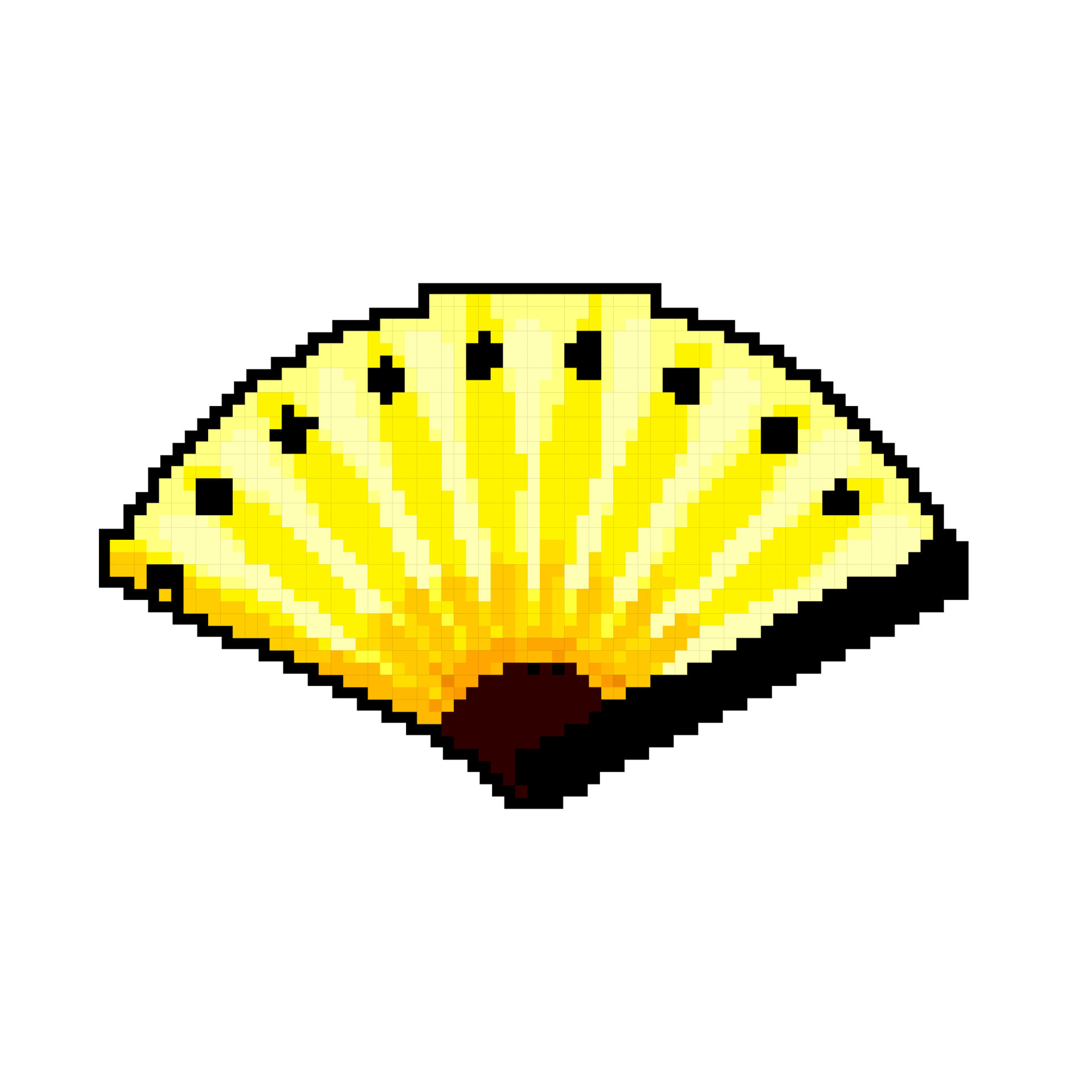
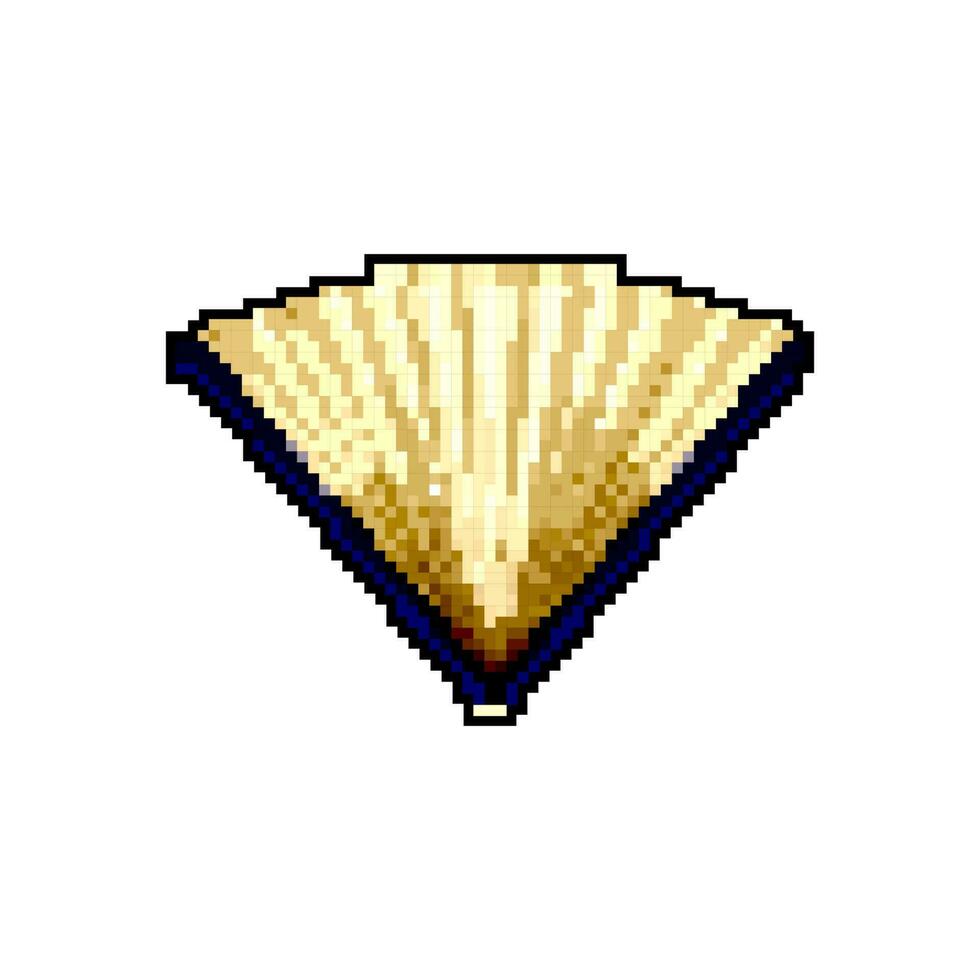
I've been thinking about the hand fan as an object/symbol since being in Spain.
"No es ocupar la mano en un objeto inofensivo,
ligero, hermoso, frágil, útil, una permanente voluntad de afirmarse?"
-Antonio Gala
"Is not occupying one's hand with a harmless, light, beautiful, fragile, useful object a permanent will to assert oneself?"
-Antonio Gala
"...Se trata del triunfo de la delicadeza sobre la fuerza, del cante sobre la orquesta, de la sencillez
sobre la complicación, de la ligereza sobre la pesantez, de lo individual sobre lo gregario, del andar de ida y vuelta
sobre el quedarse quieto. Se trata de lo que expresó Quevedo, pero sin lamentarlo como él: 'Pasa lo que era
firme,
y solamente lo fugitivo permanece y dura. Esa es la lección del abanico Andaluz'".
-Anonymous
"...It is about the triumph of the delicate over strength, of song over orchestra, of simplicity over complexity, of
levity over heaviness, of the individual over the gregarious, of walking around over staying still. It
is what Quevedo expressed, but without his regretfull tone: 'What was firm passes away, and only that which is fleeting
remains and lasts. That is the lesson of the Andalusian fan'".
-Anonymous
I'm thinking of fabricating an "electric fan" that I could program to modulate sounds. It would have to be light
and should function as a fan, at the very least reference a fan in an obvious
way. It should expand and collapse. I'm thinking of sheet metal blades as material. Perhaps metal's conductivity
would help here with the electronics...
That's it for now.
Final Project Sketches 3.0
03/30/2024
Right before we started on Computer Controlled Cutting week, my final project idea changed, in fact, thinking about and (attempting) to model something for the CNC to cut on plywood helped to evolve the final project concept.
Although related to my original idea, the form has changed somewhat drastically. Instead of fabricating an electric idiophone and a second component that could modulate its sound, I am developing a sound altar/synthesizer in line with work I have been doing in my own practice. I intend to keep the original idea and run with it at a later date - it's something I'd love to produce in the future.
The sound altar feels more in line with my previous work and research into spiritual technologies. It's also a well-rounded project where I can apply most of the fabrication methods we're learning that's in balance with the course demands and my own production pace.

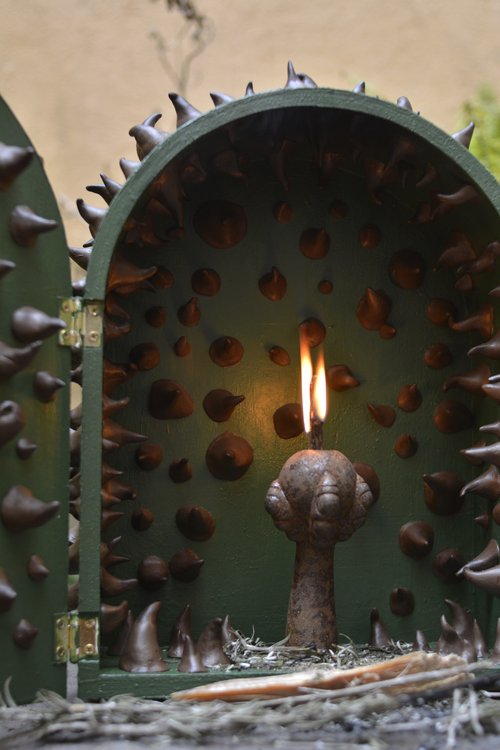
The sound altar is a ritual/contemplative piece that is a miniature of the cosmos and functions as a sythesizer and small reverberation chamber. It's an object for playing with sound as a form of meditation, offering, prayer and grounding.
I've been revisiting Design Earth's Blue Marble Circus and Cosmorama projects as a major reference for this work. I think it's safe to say that the aforementioned projects and the one I'm developing all lead back to Etienne Louis Boullee's visionary architecture, specifically Newton's Cenotaph:
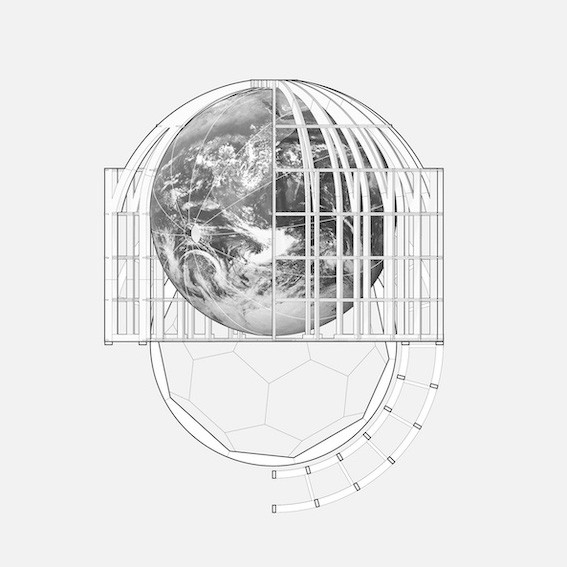
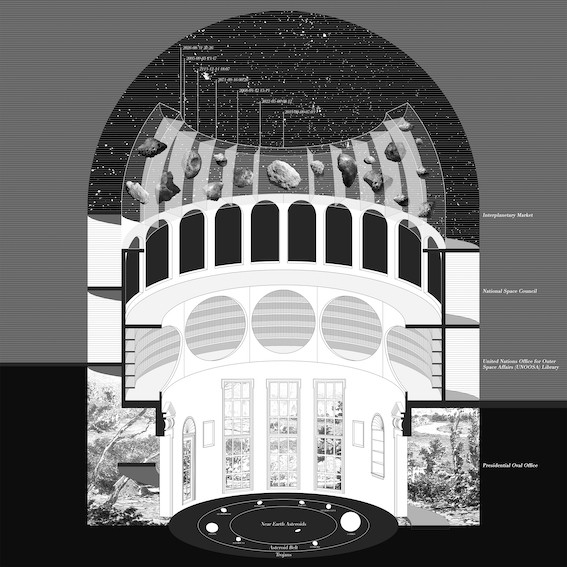
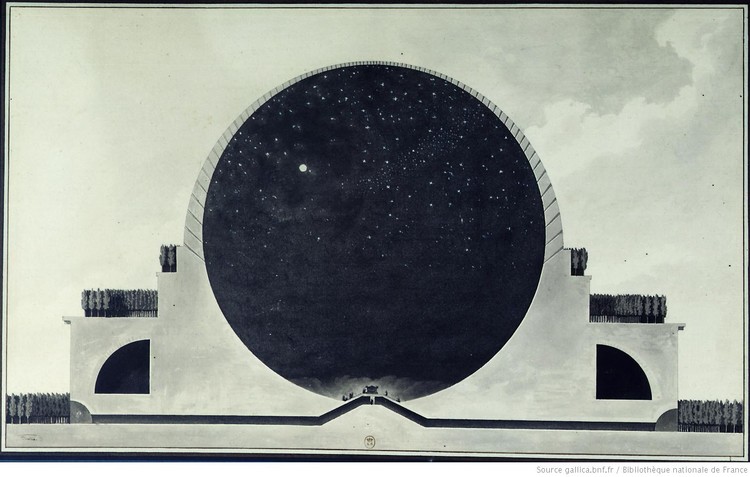
What really tied everything together, though, was having visited the National Museum of Catalonia's Medieval Romanic exhibit:
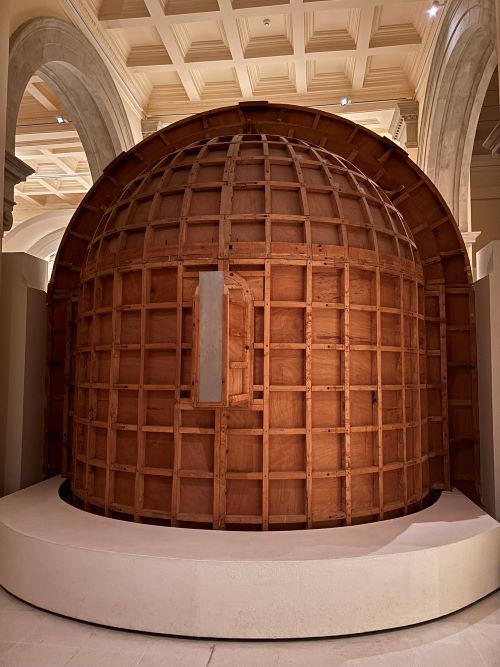
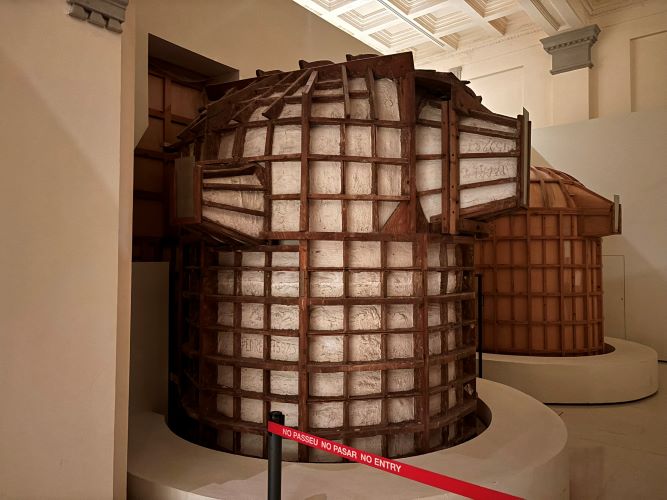
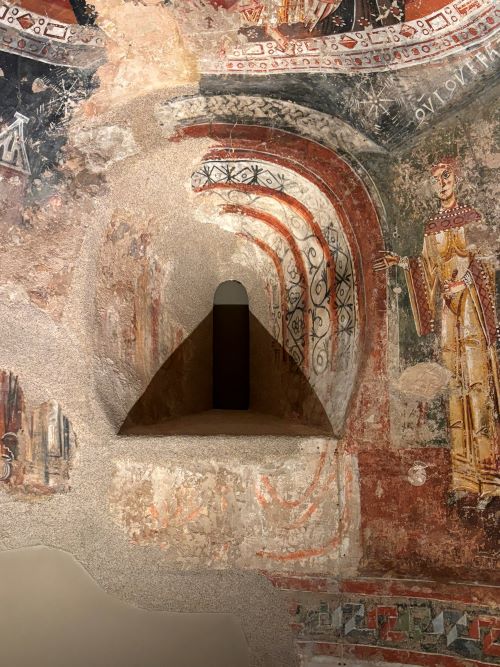
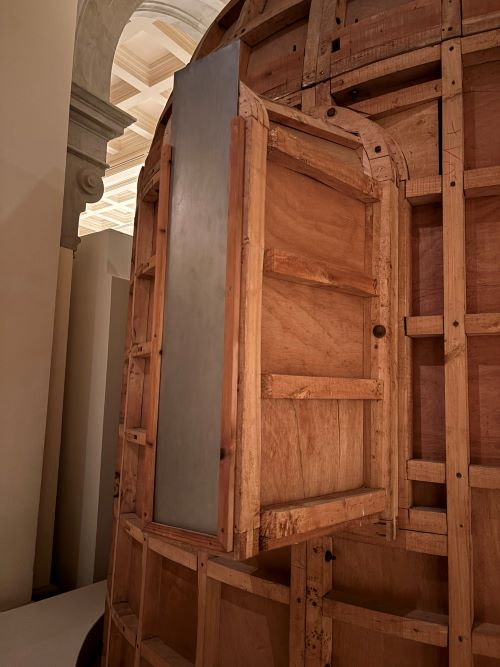
The exhibit brought together some of my favorite things: religious art, conservation and traditional woodwork. The structures themselves brought me back to this universe of things and ideas I have been referencing, tying it all together in an "aha" moment. Onwards!
Materials
To Do's
I'm taking this opportunity to learn sound synthesis via the Bela.io platform using the Bela Mini and the trill breakout board.
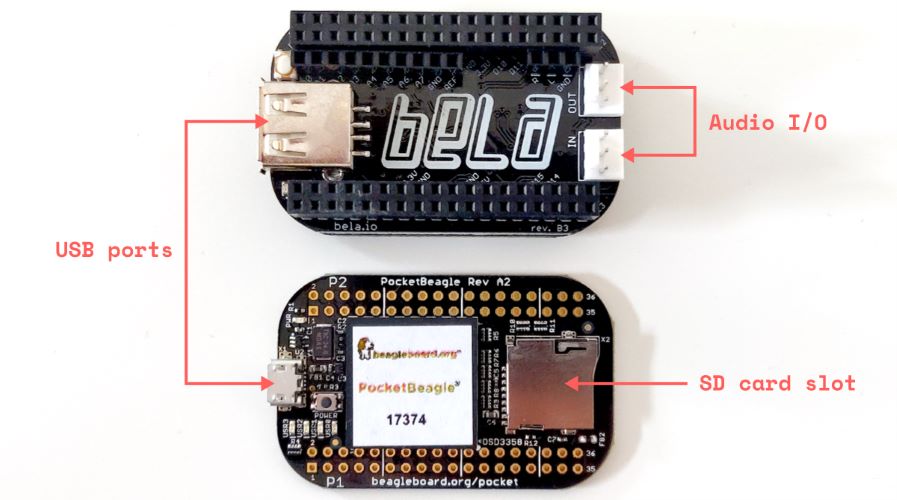
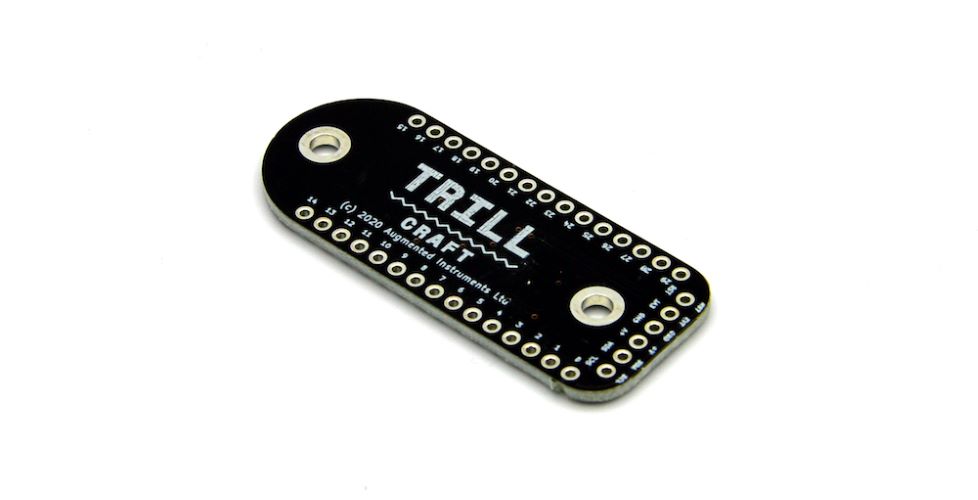
They have really helpful educational resources on their page, plus, boards are compatible with several programming languages and I can be cross implemented with other boards. I have my Bela Mini board already and will have to get started on doing their tutorials along with the board and the lab resources.
I'm currently working on refining the plywood structure, which will house the synthesizer. I have had some trouble with getting the slot alignment right. Curves are challenging, but I am on my second test and am getting closer:
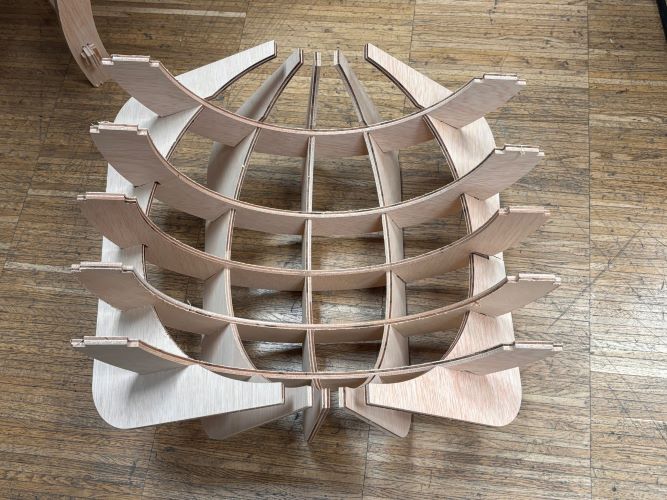

Once I get the structural model right, I will start focusing on designing the exterior and interior paneling for the piece, which will have to function to help sound reverberate within the altar so the material is important. The paneling should integrate output devices (speakers) and lighting. I will also define the layout of the synth components like knobs and switches plus the capacitive touch points.
Simultaneously, my plan is to use and learn the Bela.io system thanks to the tutorials on their website. This is a process that will run throughout the project stages and depending on requirements, I will find out how to work and integrate other systems with the Bela board.
While I refine my chosen sound library and learn to perform with the synth, last elements to be decided on is the door/opening mechanism and additional parts such as 3d printed joints and additional supports.
Last but not least is project schedule:

